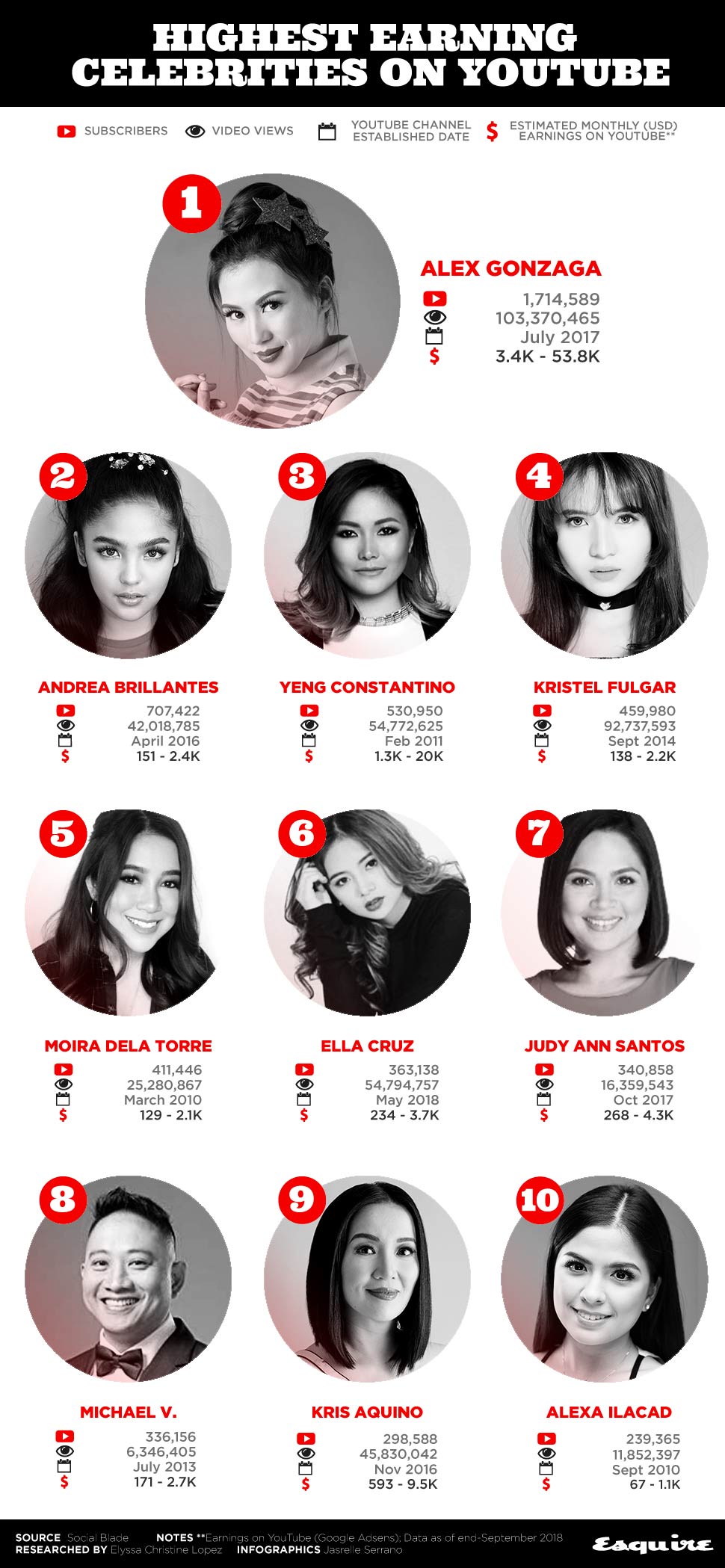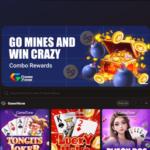When YouTube launched in 2005, the video streaming platform mostly resembled a personal video collection of strangers around the world. In fact, the first video ever posted on the site was of YouTube co-founder Jawed Karim at the zoo: a clip of young man talking about elephants as the two gigantic creatures are shown in the background.
For a while, the platform was mostly home for that kind of videos—a showcase of life by ordinary people who want to share a piece of entertainment to the rest of the world. It wasn’t until Google bought the platform in 2006 and decided to make revenues out of the site a year after that it became a media behemoth. By then, the platform underwent various iterations. It went from the place to go for silly viral videos to becoming the sole home of music videos.
Before the 2010s hit, YouTube had become Peabody Award winner, one of the most prestigious accolades to be ever conferred in the media industry, played an important role in the US elections, and was streaming more than a billion views a day.
But for Internet users in the Philippines, it took a while before YouTube became a mainstream platform for most. To be fair, Google only set up a team in the country in 2011. It didn’t help that the country’s Internet conditions continue to be sub-par.
For the most of early 2010s, YouTube was mainly the home to the country’s viral sensations, ordinary people who rose to popularity thanks to their talent, charm, and personality. Then it became a platform for creators who wish to showcase their niche content without the help of mainstream TV. Remember music video director RA Rivera’s Tales from the Friend Zone?
These days however, there seems to have been a change in power.
Mainstream television networks’ biggest actors and actresses have now put up YouTube channels of their own, churning videos on a monthly and even weekly basis to serve content directly to their fans. It’s hard to pinpoint what exactly spurred this phenomenon. But it could be noted that after self-proclaimed “Queen of All Media” Kris Aquino put up a YouTube channel in late 2016 and found success in the digital realm, many artistas followed suit.
“More and more are realizing that if they are part of YouTube, they have more control over their content. It’s similar for artistas and entrepreneurs, they see that there is hardly any gatekeepers in the platform. If you have a story to tell and you stick with the platform, you can reach a global audience,” Chris Klapwijk, the head of YouTube creator and artist development unit in Southeast Asia said in an interview.
According to the YouTube executive, at least three Filipino YouTube content creators cross over the 100,000-subscriber mark a week these days, which has resulted in the accelerating growth of content creators in the platform. If the Philippines only had 70 channels with 100,000 subscribers last year, by September 2018, there were already more than 380.
This also means that there are now more content creators who have the chance to earn through the platform. Unknown to most, not all users can earn ad revenues out of their channels.
A user has to be under the YouTube Partner Program (YPP) for his or her content be monetized through ads placed before or even during the video’s duration. Some of the requirements include having a minimum of 1,000 subscribers and having at least 4,000 worth of watch hours, or the total aggregate amount of time spent by viewers on one’s videos, in the last 12 months.
Still, even when one has these requirements, a user’s content still has to pass YouTube’s partner creator’s standards which encompass safety precautions to copyright issues.
Once eligible, a user would now have the chance to earn from the ads placed by Google before, during and even after his or her video uploaded in the platform. The business model greatly resembles how most TV networks today earn, only this time, individual content creators have the chance to earn most of the buck. Some advertisers pay per view, while others pay per click. It also takes more than just 1,000 subscribers for a user to earn a sizeable income, but that’s for another story.
With these standards though, it is no surprise then how local celebrities have leveraged their popularity to earn ad revenues on their own.
In September, the Google Philippines team shared an unofficial list of mainstream actors, singers, and celebrities that have channels of their own in the platform. The team didn’t say if all users mentioned in the list are part of the YPP nor did the list show how much subscribers does each user has.
But through social media listening tool Social Blade, we found rough estimates on how much do these mainstream celebrities earn on YouTube from ads placed in their videos as of September 2018, including their number of subscribers and video views.
The infographic on this page shows the top 10 celebrities with the highest ranges of estimated earnings. We provided ranges instead of definite values since the cost per impression for every 1,000 views on YouTube varies in rate from $0.25 to as much as $4. We also chose to rank the celebrity YouTube creators based on their number of subscribers instead of views, since it’s the digital capital more highly regarded in the platform especially in terms of ad revenues.
TV host and actress Alex Gonzaga topped the list with estimated monthly earnings of $3,400 (Php178,943) to $53,800 (Php2,831,520). Gonzaga made the distinction even when she established her channel later than most content creators on the list. The singer-actress only started producing YouTube videos in July 2017, meanwhile, child actress Andrea Brillantes, who ranked second, started hers way back in April 2016.
Singers Yeng Constantino, Kristel Fulgar, and Moira dela Torre completed the top five, a trend amplifying Klapwijk’s observation that the most viewed in the platform in the country are those showcasing music and dance.
Big TV stars also entered the list, showing their relevance and power even in the digital realm. TV and movie actress Judy Ann Santos, comedian Michael V., and Kris Aquino ranked seventh, eighth, and ninth respectively.
However, it must be reiterated that these figures are just rough estimates and do not completely show the real earnings of these YouTube stars. “It’s not just about views or subscribers alone,” Klapwijk said. “It’s simply because the money they earn in ad revenue, is just a part of it. They diversify their revenues, part of that is YouTube income, part of that brand partnerships, part of that is merchandise, sponsorships. There are various options.”







